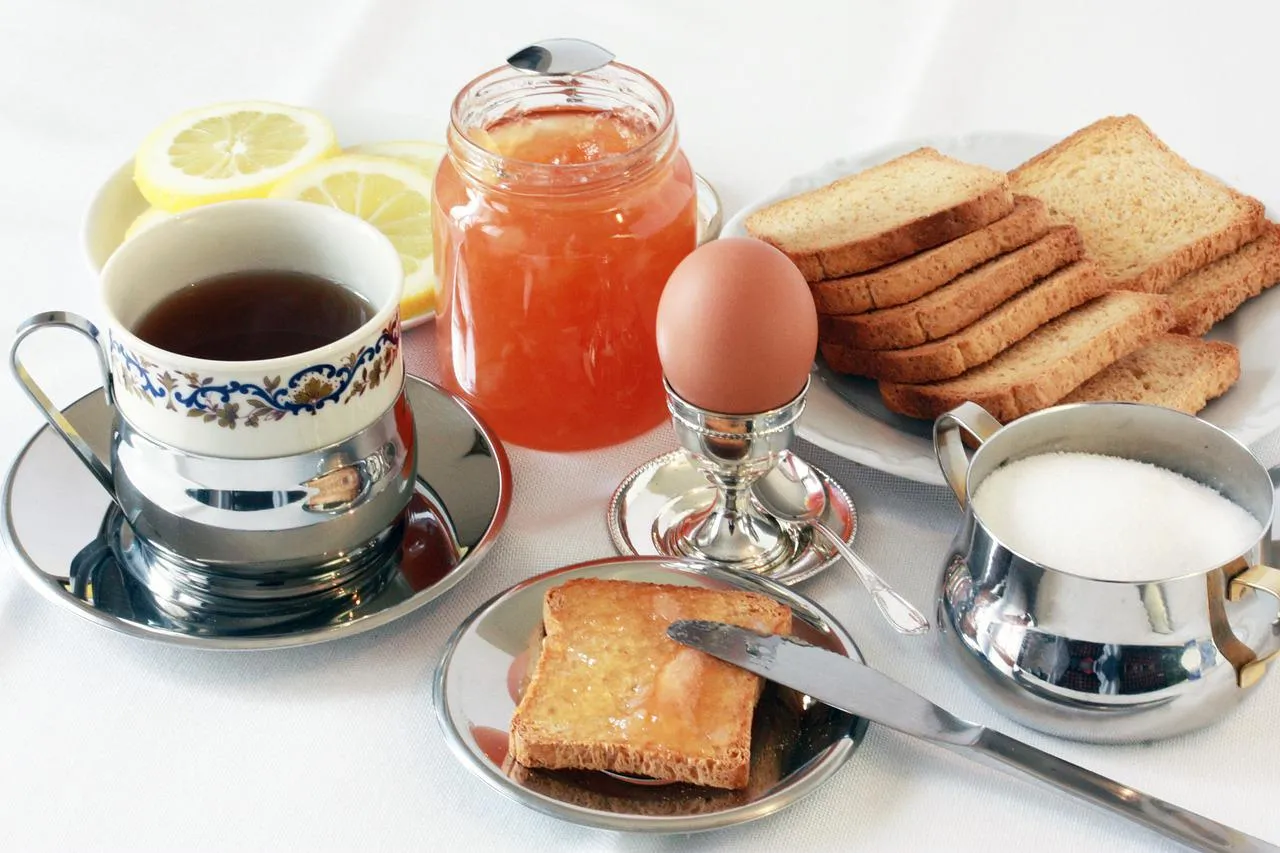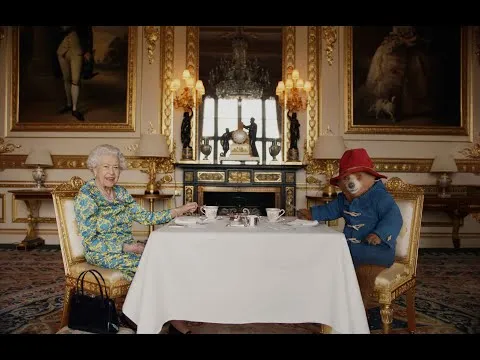
As much as I enjoy the pomp and ceremony of events like the Trooping of the Colours to celebrate the Platinum Jubilee of Her Majesty Queen Elizabeth II I think the part I enjoyed the most was this:
I remembered reading the Paddington Bear books as a child. The first ones came out not long after I was born. The author, Michael Bond, was inspired to write the books after noticing a lone teddy bear sitting on a shop shelf in London, near the Paddington Station on Christmas Eve. He bought it as a present for his wife.
I loved the books. I’d read them and of course Winnie the Pooh, inspired by a bear cub named after the city of Winnipeg, Manitoba by a Canadian soldier who had managed to take the bear to England on his way to fight in WW1. They were delightful stories with many lessons for a youngster to learn about caring for others.
I’d listened to Prince Charle’s tribute to his mother at the concert for her before I saw the Paddington clip. At the time I didn’t get the marmalade reference but just assumed it was his mother’s favourite for a sandwich.
I’ve since learned the skit with Paddington Bear was filmed in March and the family members didn’t know until it was shown. It appears Charles may have ad libbed that into his remarks.
Marmalade Sparked My Own Memories
My maternal grandmother was born in England. Her family immigrated to Canada in the early 1900s. Her British upbringing flavoured many parts of my own growing up.
I remember visits to my grandma's home and us ‘ladies’ having tea. If my dad was along on the visit he’d usually be outside with my grandfather or in his greenhouse where he grew flowers to sell locally.
Two things always appeared on my grandmother’s tea spread, melon balls and a dish of marmalade to spread on the tea crackers she would lay out. I was never much on the marmalade. It was bitter and clearly something the old folks would enjoy more than me. It certainly was an early reminder of grandma who we all adored very much.
My dad worked for a company called Vachon Cakes. Among their product line was jams. Strawberry and marmalade would arrive in the house in square jars. The jars would be cleaned and later used for storing items in with their tight fitting pull off lids. My mother regularly had toast and marmalade for her breakfast. Dad would have it on occasion.
Then there was the New Years Levee party which always featured a President’s punch of about 75% alcohol in which lemons and orange slices were floating for about 3 days.
This particular one, the spouse of one of our members decided not to waste the fruit and collected it up from the empty punch buckets to take home. She was going to make marmalade. I had a taste of it, the first time I had some that I enjoyed.
Why the Marmalade Reference at the Jubilee?
While the Queen may be fond of marmalade, it’s a jam with a long history in England. It was first made with locally grown quinces (now called membrillo). The name marmalade came from the Portugese name for quinces, marmelo.
Marmalade from local fruit was exclusively used until marmalades started arriving in England from Portugal, Spain and Italy made from bitter Seville oranges from Spain. Recipes followed. The first recipe using Seville oranges was found in a 1587 book called “A Book of Cookrye”.
The most commonly used current recipe appeared largely intact in a recipe book by Eliza Cholmondeley around 1677. It was usually eaten after dinner alongside sweetmeats. In the 19th century it shifted to breakfast time on toast.
Once commercial production of marmalade started using imported Seville oranges it became very popular.
Marmalade was considered to be a luxury item making it a popular export item and as prestigious gifts. The sugar content and ability to withstand extreme temperatures kept it well preserved and it travelled well.
It eventually became a favourite of Queen Victoria. British Army officers would receive jars of it when posted away from home. It traveled to Antarctica and to the top of Mount Everest.
It should be no surprise that marmalade made appearances in the Paddington Bear books as a very English food. These days marmalade is largely considered to be an ‘old fashioned’ food item, symbolic of an earlier era. One the Queen can relate to.
Funny how somethings can spark off memories and then something else shows up and next thing you know.. You end up with a post from me about marmalade.
NOTES:
- header image from Pixabay
- https://longreads.com/2020/07/23/marmalade-a-very-british-obsession/
